Some materials for energy storage devices (particularly supercapacitors) can be expensive and pollute the environment. Making alternative energy storage devices from things people usually throw away can help with this. A study published in ACS Applied Materials & Interfaces reveals the transformation of chicken fat into carbon electrodes for supercapacitors that store energy and power LEDs.
In supercapacitor developments, carbon materials like graphene stand out for their efficient charge transport and natural abundance; however, their production is costly and polluting. Researchers from the American Chemical Society have developed a simple, cost-effective method to convert waste chicken fat into electrically conductive nanostructures for energy storage in supercapacitors.
Scientists melted chicken fat using a blowtorch and burned the molten substance. They then collected the soot at the bottom of the flask, which was suspended above the flame. Electron microscopy revealed that the soot contained nanostructures resembling homogeneous spherical arrays of concentric graphite rings. Researchers experimented ways to enhance the electrical characteristics of carbon nanoparticles by soaking them in a thiourea solution. This substance smells like fried onions, and a schematic representation of its molecule looks like a funny chubby little man.
Assembled into the negative electrode of an asymmetric supercapacitor, carbon nanoparticles from chicken fat demonstrated good capacitance and durability, high energy density, and power. As expected, these properties were further improved when electrodes were made from carbon nanoparticles treated with thiourea.
Researchers then showed that the new supercapacitor could perform real-time actions: they charged and connected two of them to light up red, green, and blue LEDs. The results underscore the potential benefits of using food waste, such as chicken fat, as a source of carbon in the quest for even more environmentally friendly energy.
Source: TechXplore






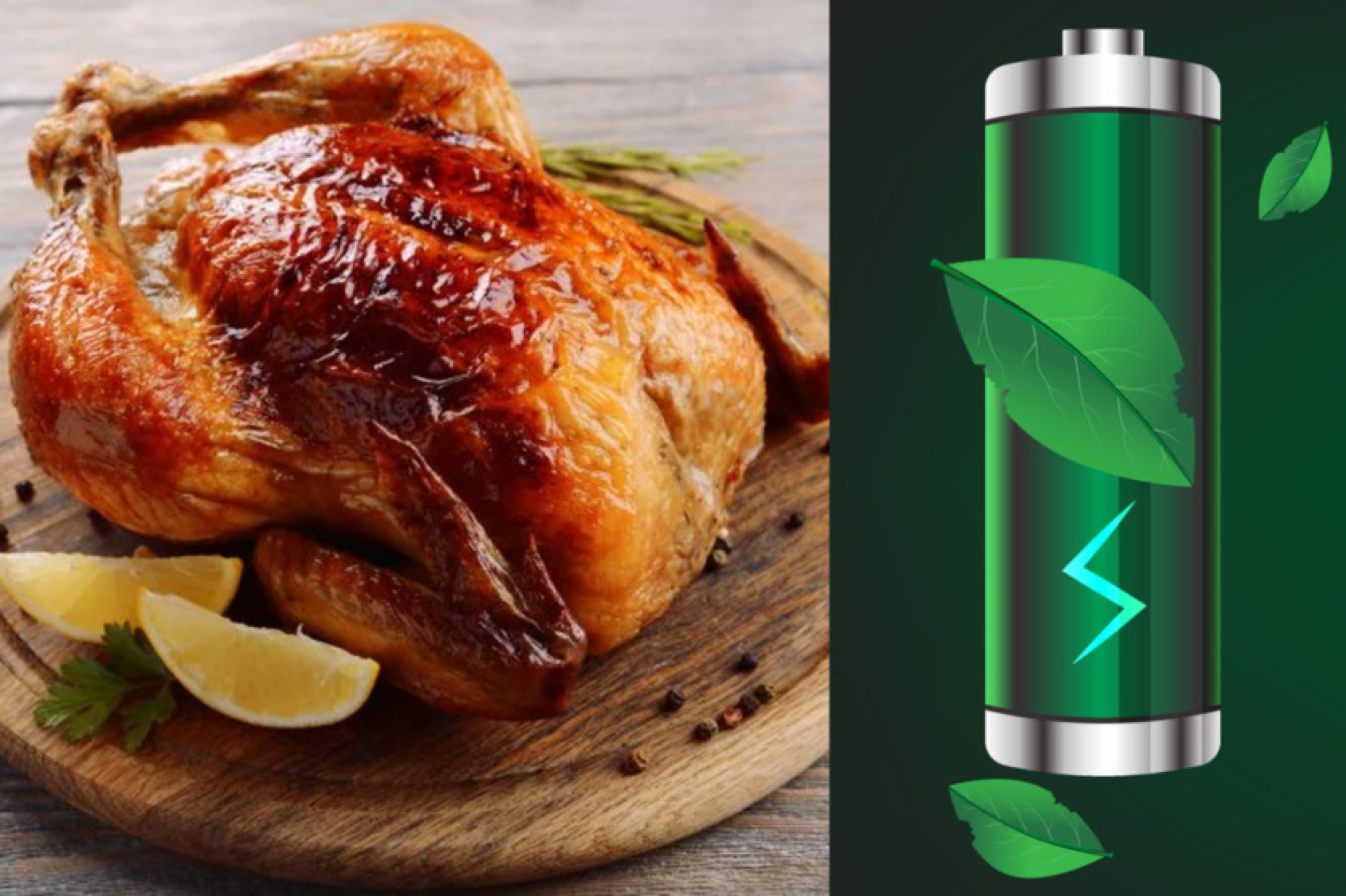


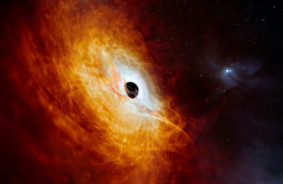
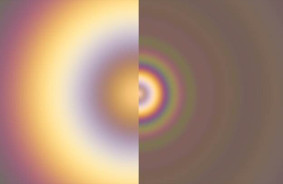
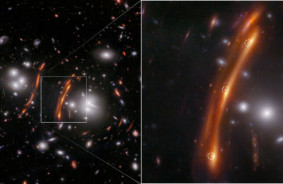
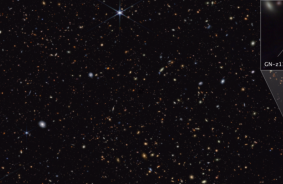
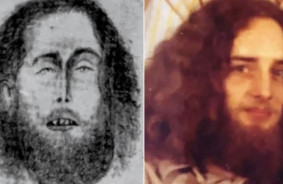
Comments (0)
There are no comments for now